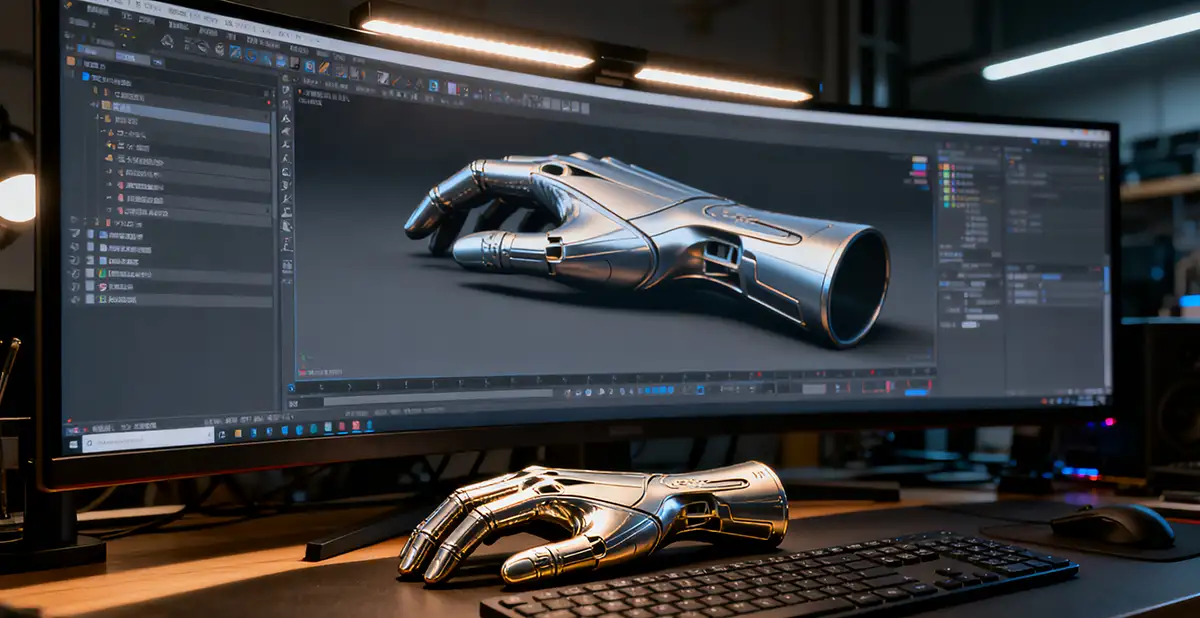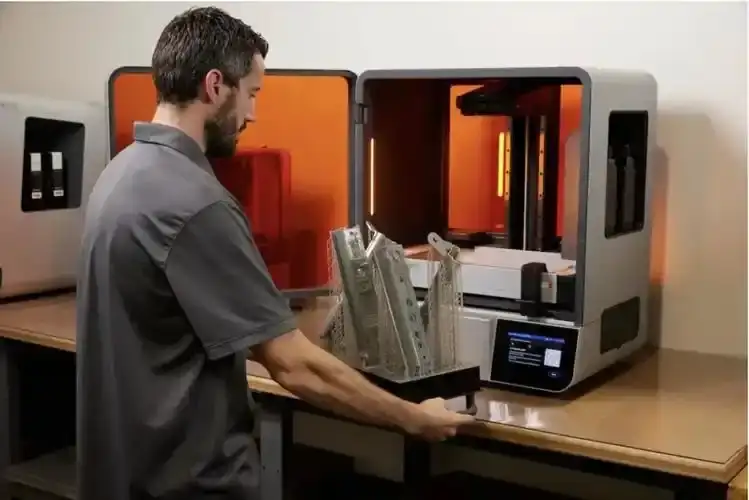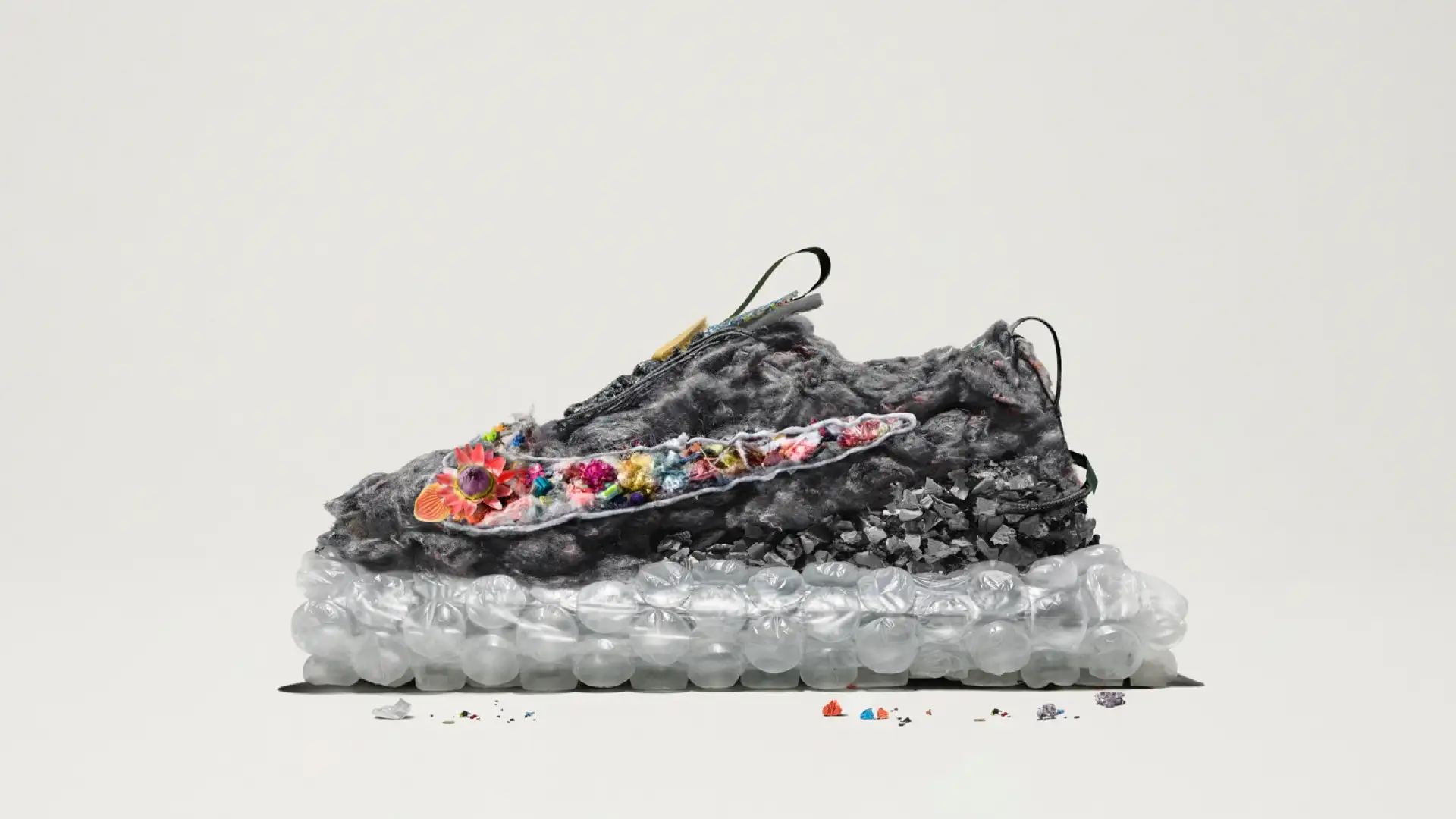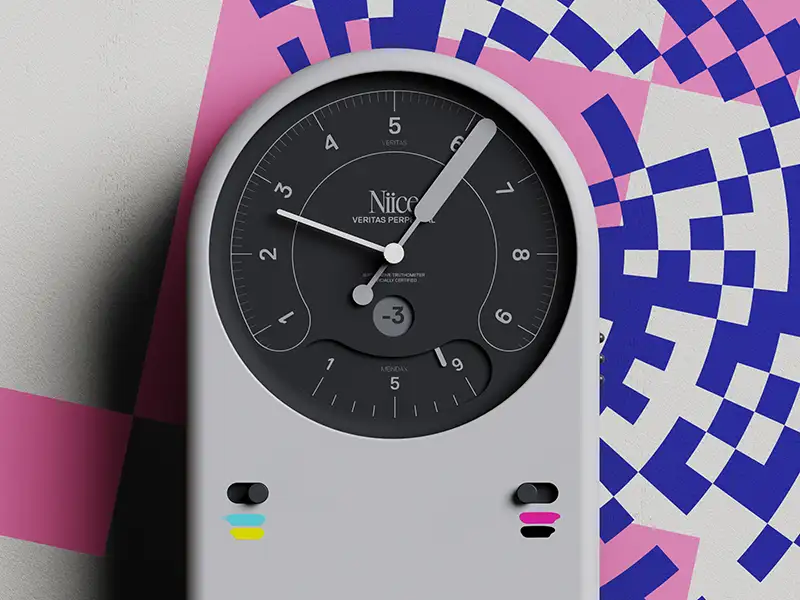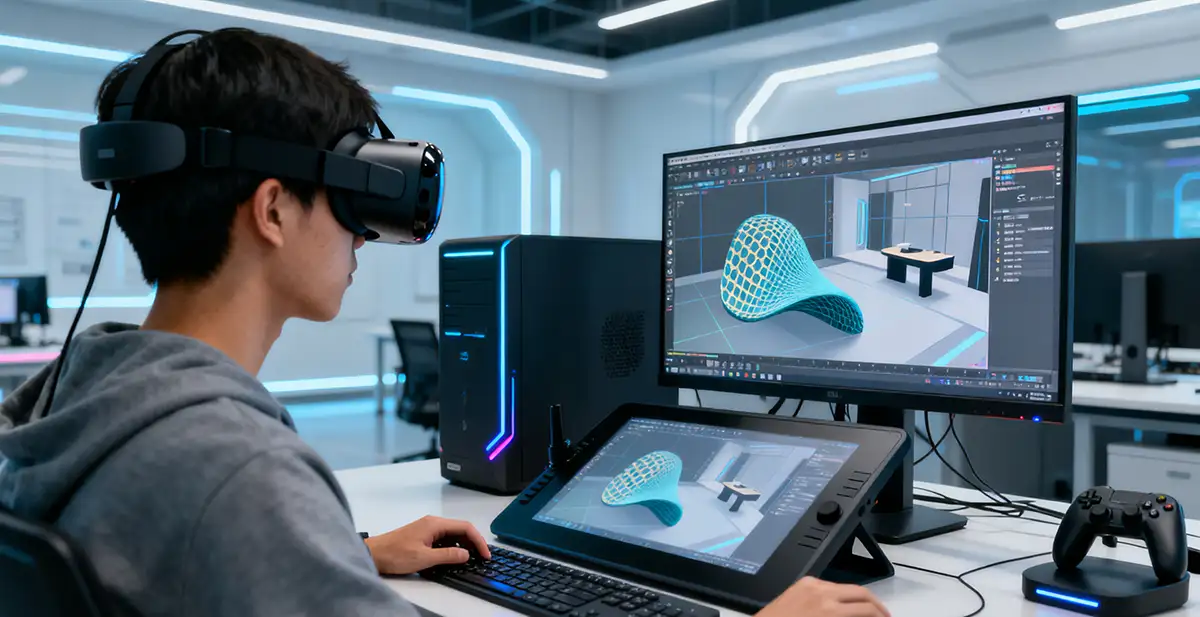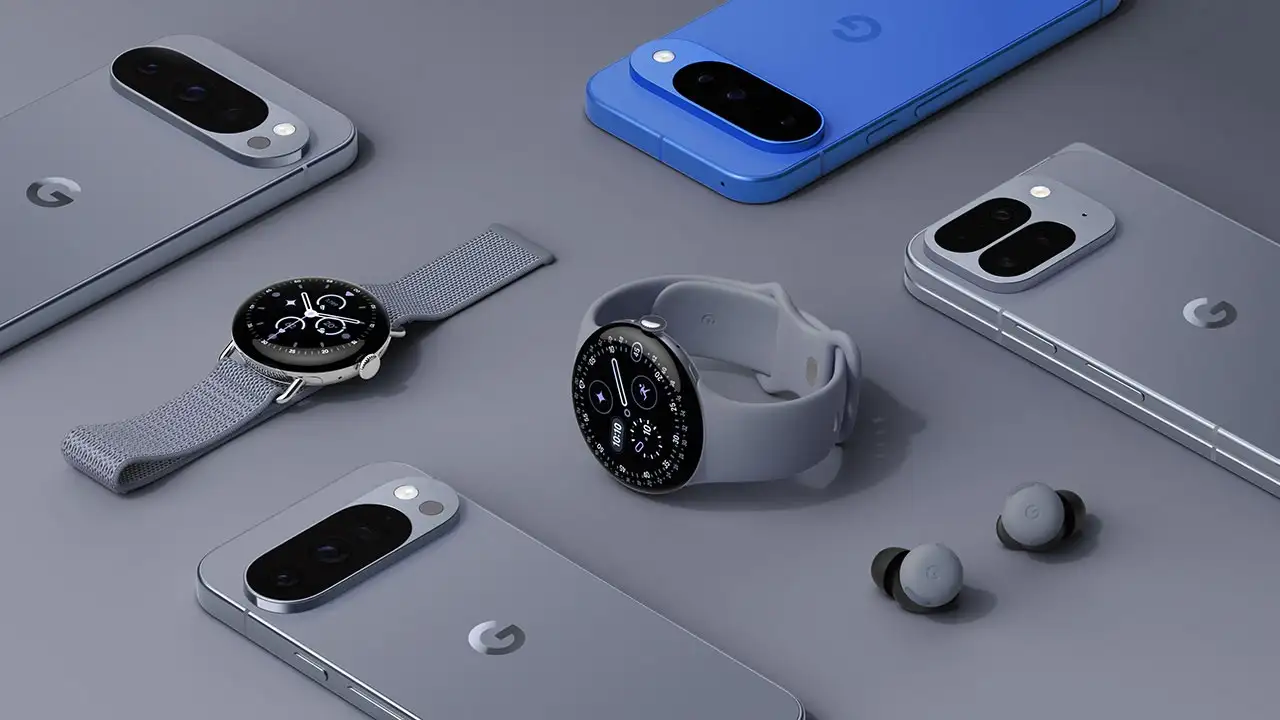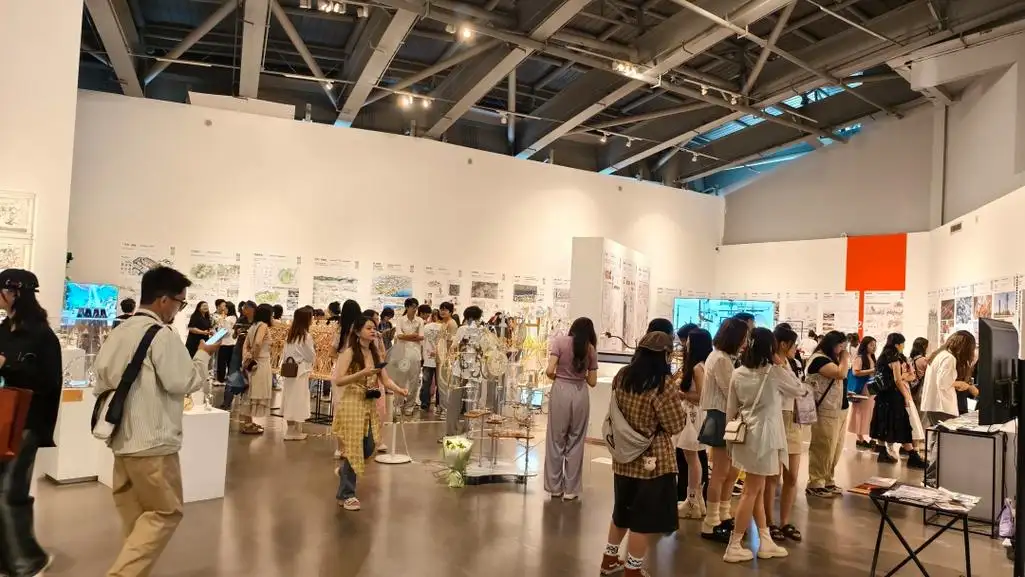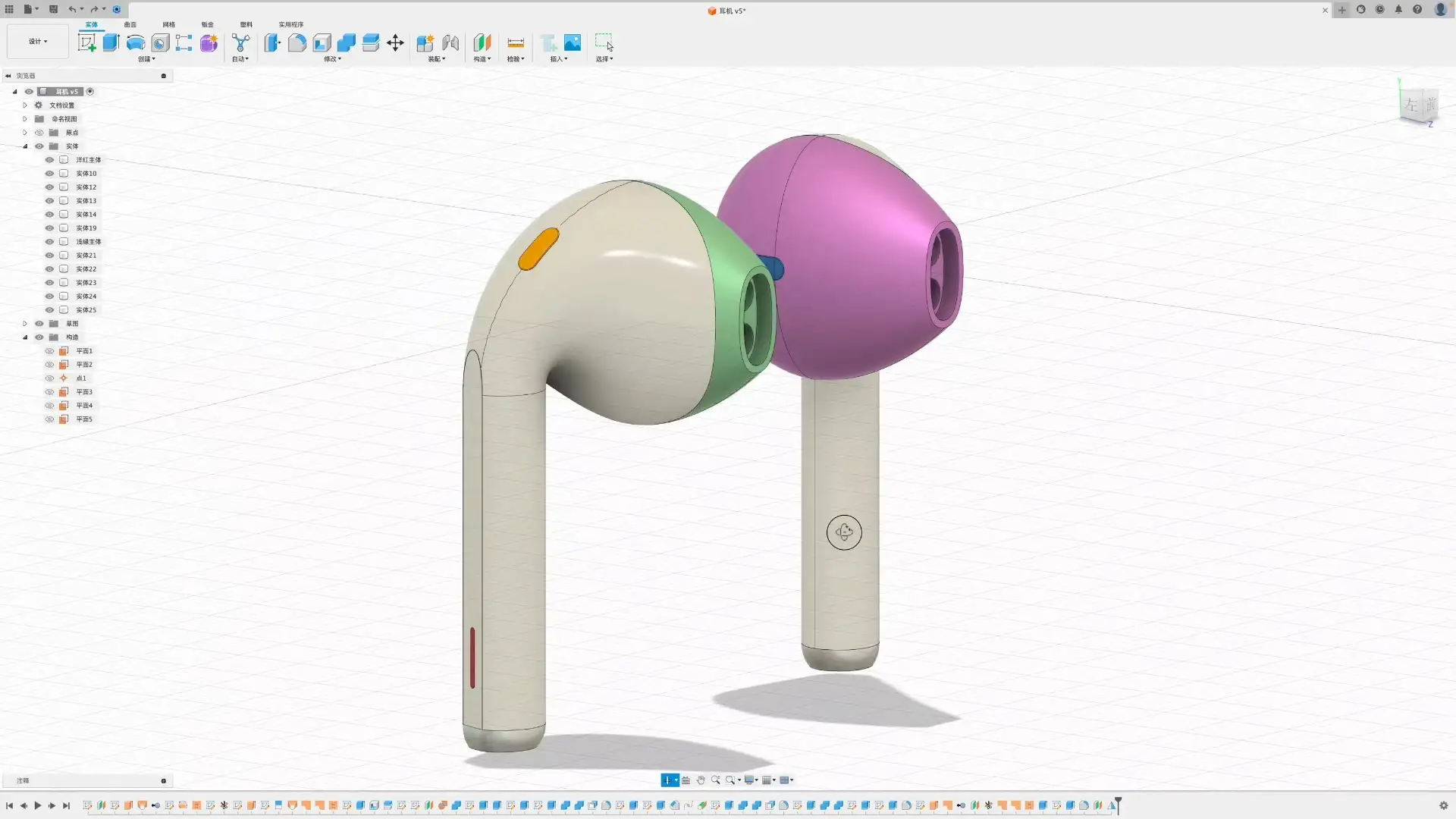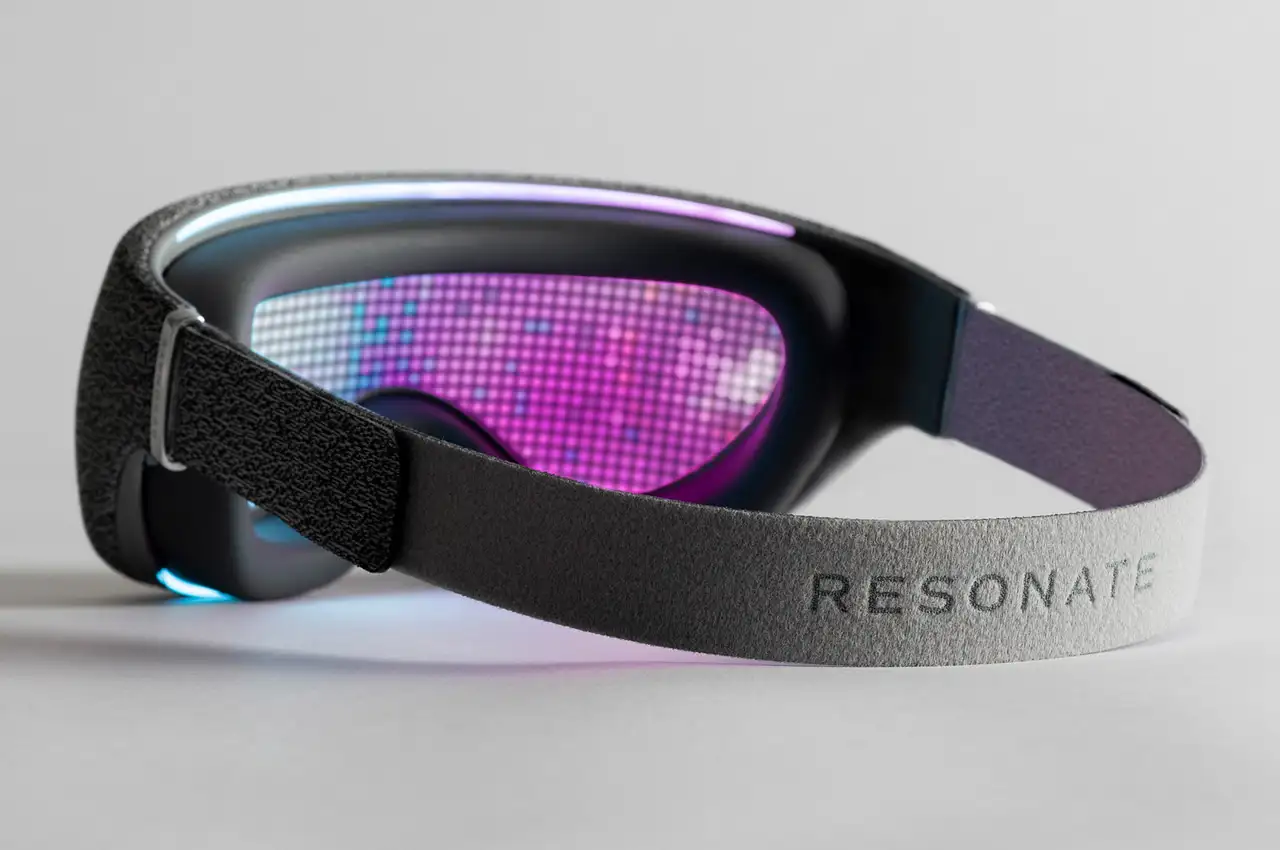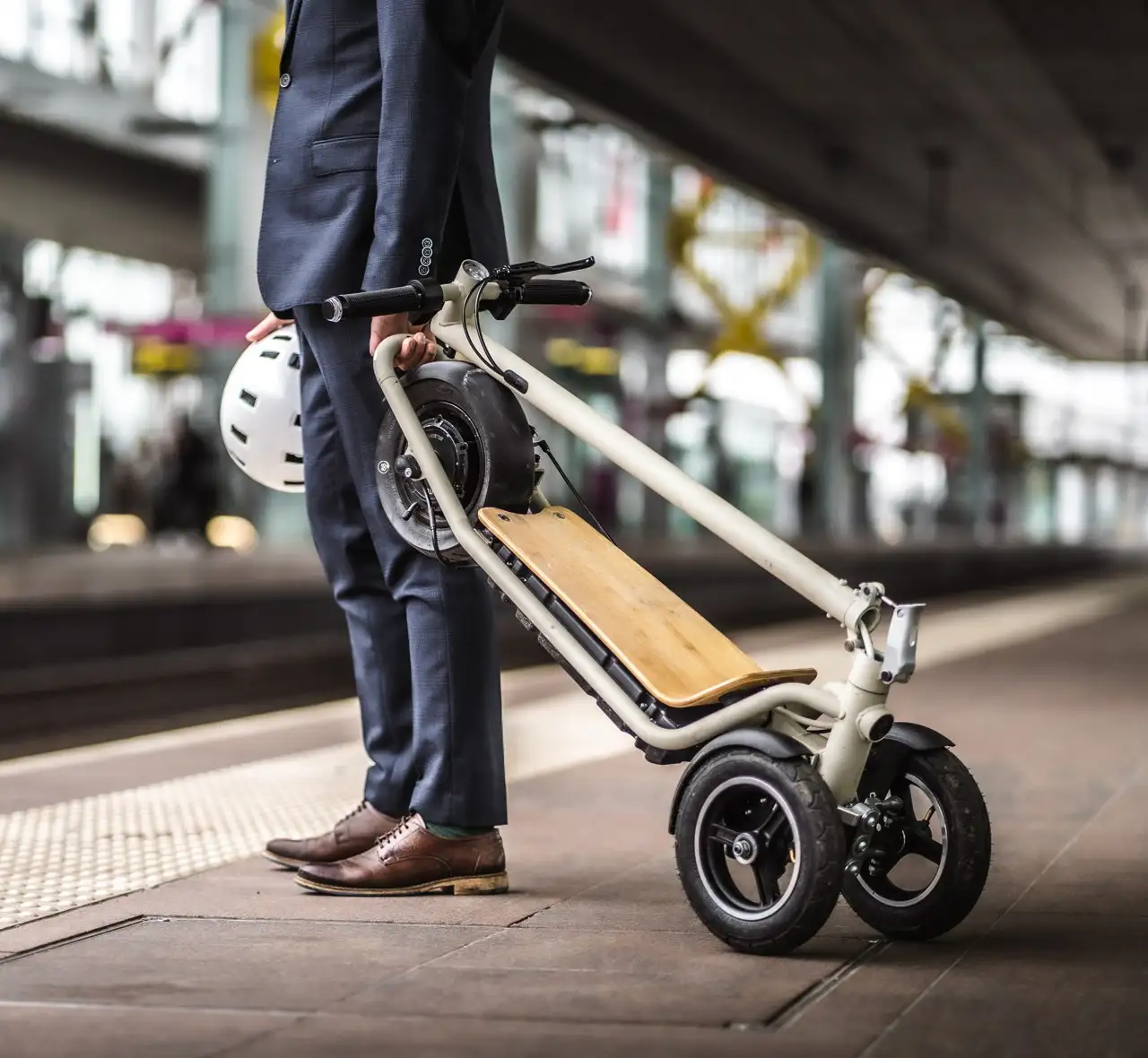NINEIDEA:在“时间就是金钱,效率就是生命”的深圳,AI绘画与AIGC的浪潮并非遥远的未来科技,它正以一种现实而迅猛的速度,切入这座“设计之都”的产品设计脉络,重构从概念到量产的工作流程,重塑深圳产品设计工作流。
@NINEIDEA九号创新 www.nineidea.com
一、 悄然发生的变革:从“辅助工具”到“创意伙伴”
传统设计流程中,设计师需要花费大量时间在前期的手绘草图、寻找参考图和情绪板制作上。而现在,在深圳无数个科技公司的设计部里,流程正被这样优化:
- 概念爆炸,秒级响应:过去一个设计师一天可能产出10个概念草图,现在利用Midjourney或Stable Diffusion,输入精准的关键词,几分钟内就能生成上百个风格迥异的概念方案。这极大地拓宽了创意边界,也能快速响应客户或产品经理“再多几个方案看看”的需求。
- 精准控制,告别“抽卡”:初期AI生成的图像随机性太强,难以商用。但现在,深圳的顶尖设计团队正通过“图生图”、“局部重绘” 和“ControlNet” 等高级技巧,精确控制产品的形态、视角、材质,甚至光影。AI不再是盲盒,而是能够精准执行设计意图的高效伙伴。
- CMF探索的无限可能:设计师可以输入“一款采用再生金属与生物基塑料的TWS耳机,表面有细微的陨石坑纹理”,AI便能瞬间呈现数十种CMF组合方案,大大加速了材料与工艺的决策过程。
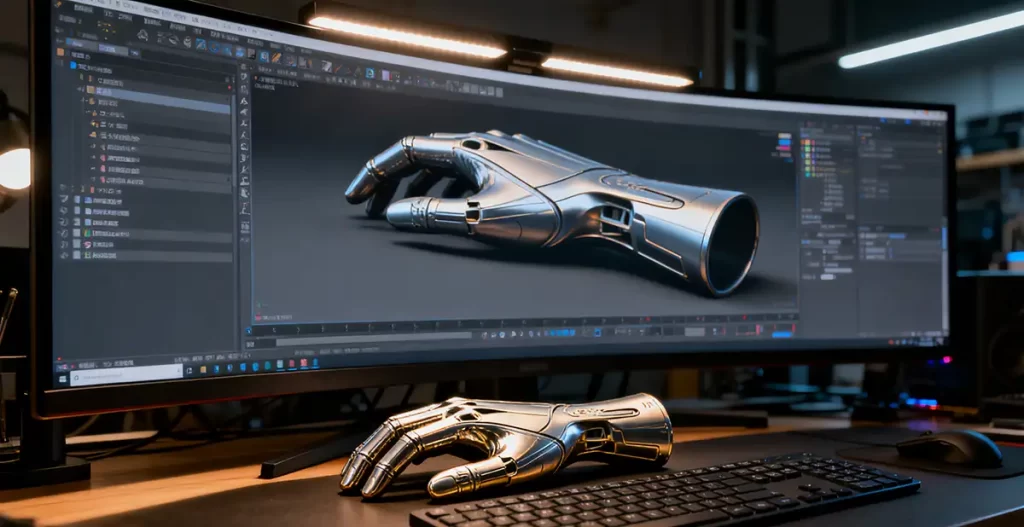
二、 工作流的重塑:一个典型的“AI赋能”新流程
让我们对比一下深圳某智能硬件公司设计部的新旧工作流:
传统流程:
需求简报 → 手绘草图(2-3天)→ 内部评审 → 3D建模(2-3天)→ 简单渲染 → 二次评审 → 修改 → 精细渲染
AI赋能新流程:
需求简报 → AI生成海量概念图(2-3小时)→ 内部评审与方向锁定 → 基于选定AI图进行精准3D建模(1-2天)→ AI辅助渲染与场景图生成 → 最终提案
核心改变:AI将最耗时的前期发散探索和后期场景渲染环节极度压缩,让设计师能将宝贵的时间集中在最核心的设计决策、3D实现与工程落地上。
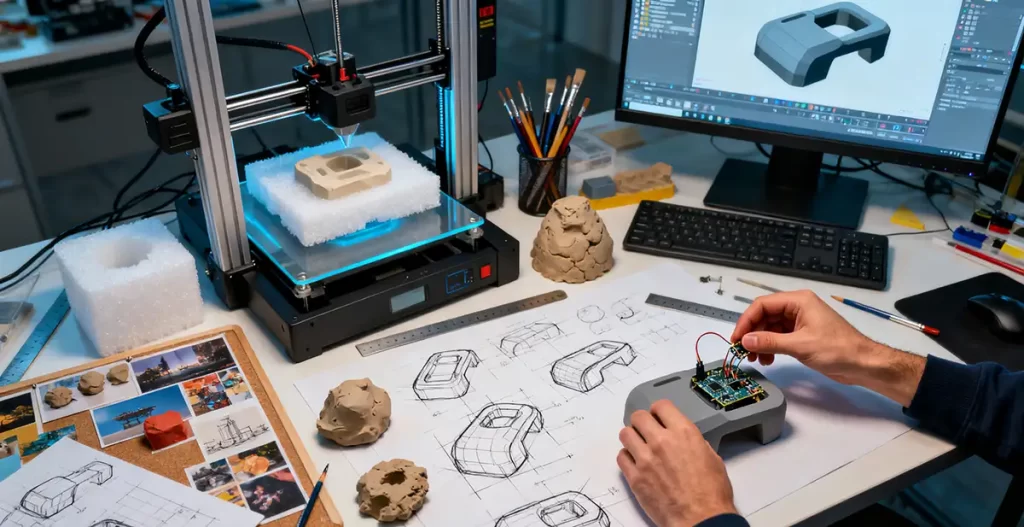
三、 深圳案例:大疆的某款新品概念阶段
据业内交流,大疆的创新团队在某一代手持云台的概念阶段,利用AIGC工具探索了数十种不同于以往“灰黑”科技感的仿生设计与户外配色方案。这些方案拥有自然界的有机形态和鲜艳的色彩搭配,为最终决策提供了远超传统方法的海量灵感,最终产品的某些设计语言正源于此。
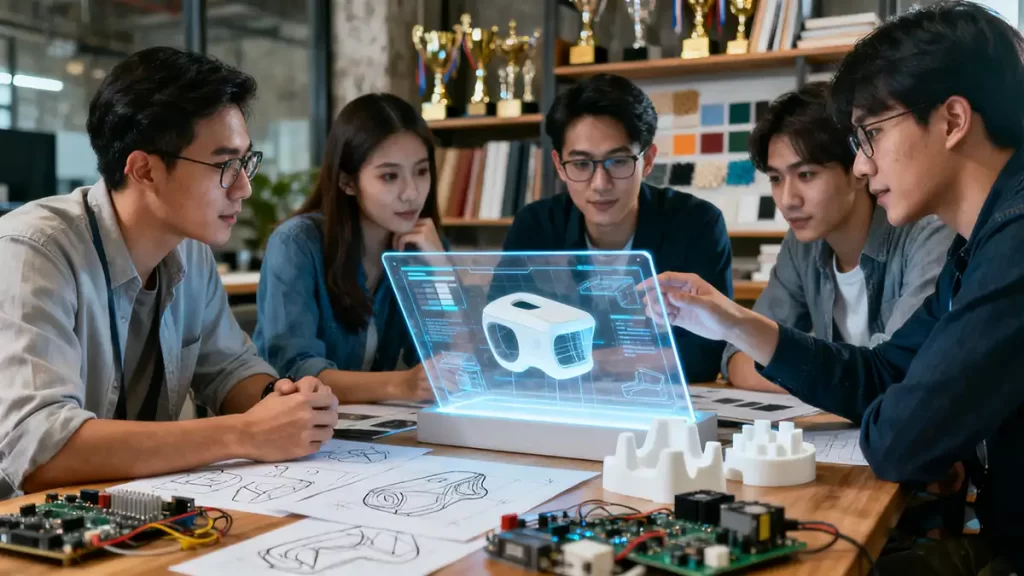
四、 未来已来:设计师的新定位
在深圳,工具在变,但核心价值不变。AI正在淘汰的,是只会重复性建模的“绘图员”;而正在亟需的,是具备以下能力的设计师:
- 精准的“提问”能力:能将模糊的设计需求,转化为机器能理解的、精准的提示词。
- 顶层的审美与决策能力:能从海量AI方案中,甄选出最具商业价值和美学价值的方向。
- 跨界整合与工程落地能力:能驾驭AI生成的创意,并将其与结构、电子、生产等环节完美结合。
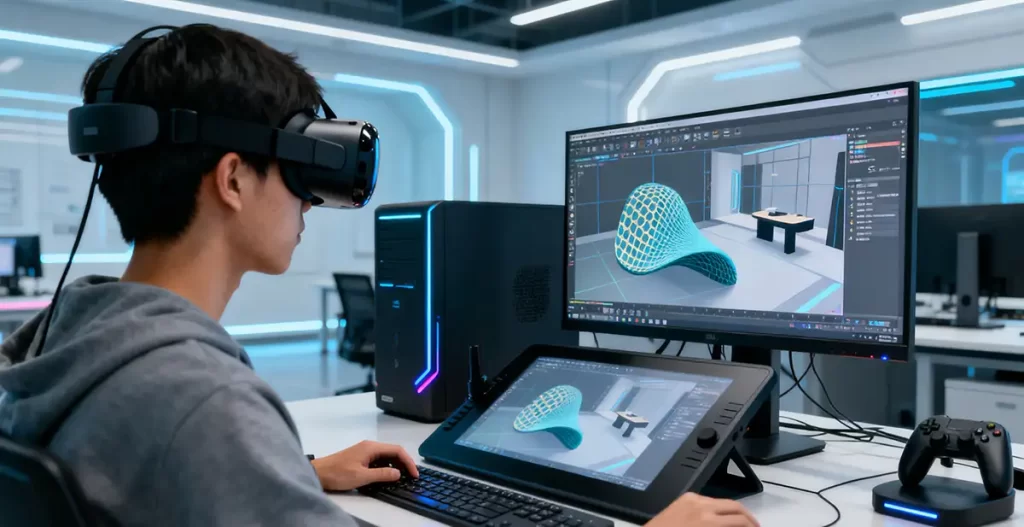
结论:AIGC不再是一个可选的花哨技巧,它正成为提升设计竞争力、加速产品迭代的必备工具。它没有取代设计师,而是将设计师从执行的苦力中解放出来,推向了一个更需要战略眼光和创造性思维的舞台。

AI painting and AIGC: How are they reshaping the product design workflow in Shenzhen
NINEIDEA: In Shenzhen, where “time is money and efficiency is life”, the wave of AI painting and AIGC is not a distant future technology. It is cutting into the product design context of this “City of Design” at a realistic and rapid speed, reconstructing the workflow from concept to mass production, and reshaping the product design workflow in Shenzhen.
1、 The quietly occurring transformation: from “auxiliary tools” to “creative partners”
In the traditional design process, designers need to spend a lot of time on hand drawn sketches, searching for reference images, and creating mood boards in the early stages. And now, in the design departments of countless technology companies in Shenzhen, processes are being optimized in this way:
Concept explosion, instant response: In the past, a designer could produce 10 concept sketches in a day. Now, using Midjourney or Stable Diffusion, precise keywords can be inputted to generate hundreds of concept schemes with different styles in just a few minutes. This greatly broadens the boundaries of creativity and enables quick response to customers or product managers’ needs for “a few more options to see”.
Precise control, bidding farewell to “card pulling”: The randomness of the images generated by AI in the early stages was too strong, making them difficult to commercially use. But now, top design teams in Shenzhen are precisely controlling the form, perspective, material, and even light and shadow of their products through advanced techniques such as “visual reproduction”, “partial repainting”, and “ControlNet”. AI is no longer a blind box, but an efficient partner that can accurately execute design intentions.
The infinite possibilities of CMF exploration: Designers can input “a TWS earphone made of recycled metal and bio based plastic with subtle crater textures on the surface”, and AI can instantly present dozens of CMF combination schemes, greatly accelerating the decision-making process of materials and processes.
2、 Reshaping Workflow: A Typical “AI Empowered” New Process
Let’s compare the old and new workflows of the design department of a smart hardware company in Shenzhen:
Traditional process:
Requirement brief → hand drawn sketch (2-3 days) → internal review → 3D modeling (2-3 days) → simple rendering → secondary review → modification → fine rendering
AI empowers new processes:
Requirement brief → AI generates massive concept maps (2-3 hours) → Internal review and direction locking → Precise 3D modeling based on selected AI maps (1-2 days) → AI assisted rendering and scene map generation → Final proposal
Core change: AI has greatly compressed the most time-consuming early stage divergent exploration and post scene rendering processes, allowing designers to focus their valuable time on the core design decisions, 3D implementation, and engineering implementation.
3、 Shenzhen case: Concept stage of a new product from DJI
According to industry exchanges, DJI’s innovation team used AIGC tools to explore dozens of biomimetic designs and outdoor color schemes that were different from the previous “gray black” technological sense during the conceptual stage of a certain generation of handheld gimbal. These schemes possess the organic forms of nature and vibrant color combinations, providing a vast amount of inspiration for the final decision that goes far beyond traditional methods. Some of the design language of the final product is derived from this.
4、 The future is here: a new positioning for designers
In Shenzhen, tools are changing, but core values remain unchanged. What AI is phasing out are the “draftsmen” who only know how to model repetitively; What is urgently needed are designers with the following abilities:
Accurate questioning ability: able to transform vague design requirements into precise prompt words that machines can understand.
Top level aesthetic and decision-making ability: able to select the most commercially and aesthetically valuable direction from a massive number of AI solutions.
Cross border integration and engineering implementation capabilities: able to handle AI generated creativity and perfectly integrate it with structural, electronic, production, and other aspects.
Conclusion: AIGC is no longer an optional fancy technique, it is becoming an essential tool for enhancing design competitiveness and accelerating product iteration. It did not replace designers, but liberated them from the laborious task of execution and pushed them onto a stage that requires more strategic vision and creative thinking.













